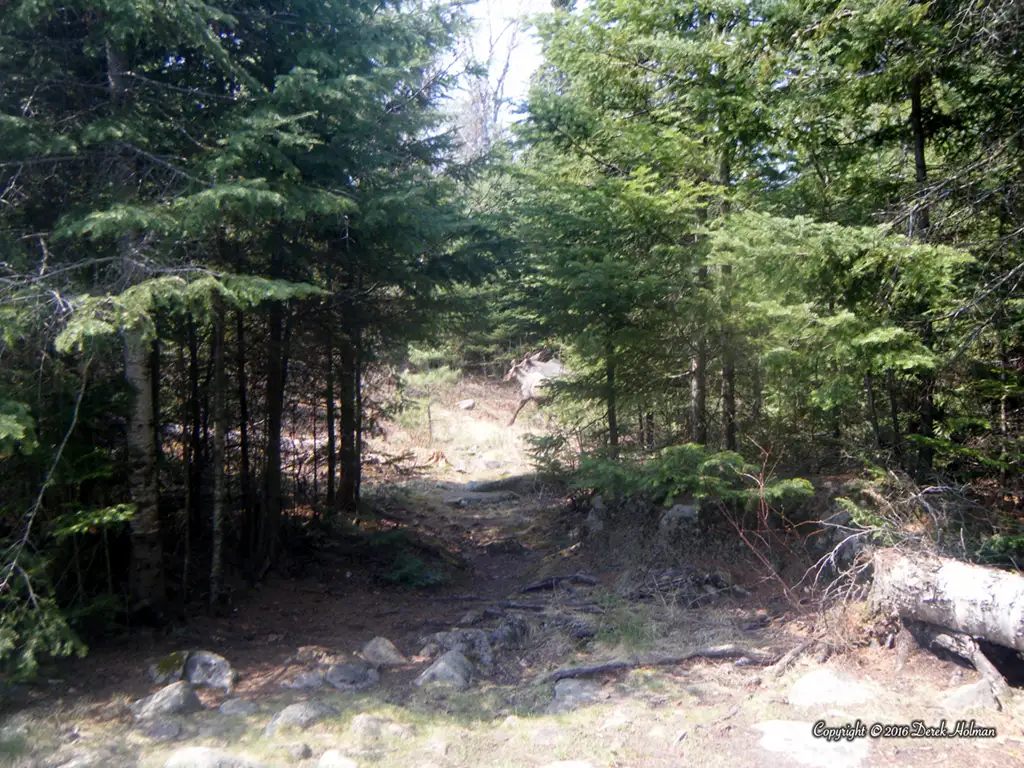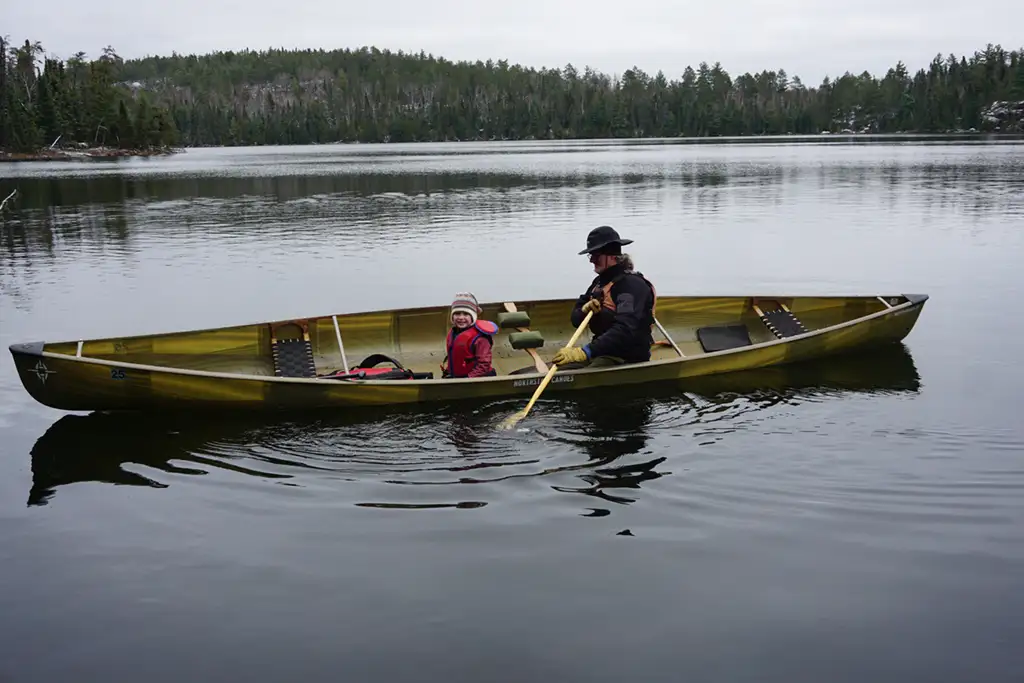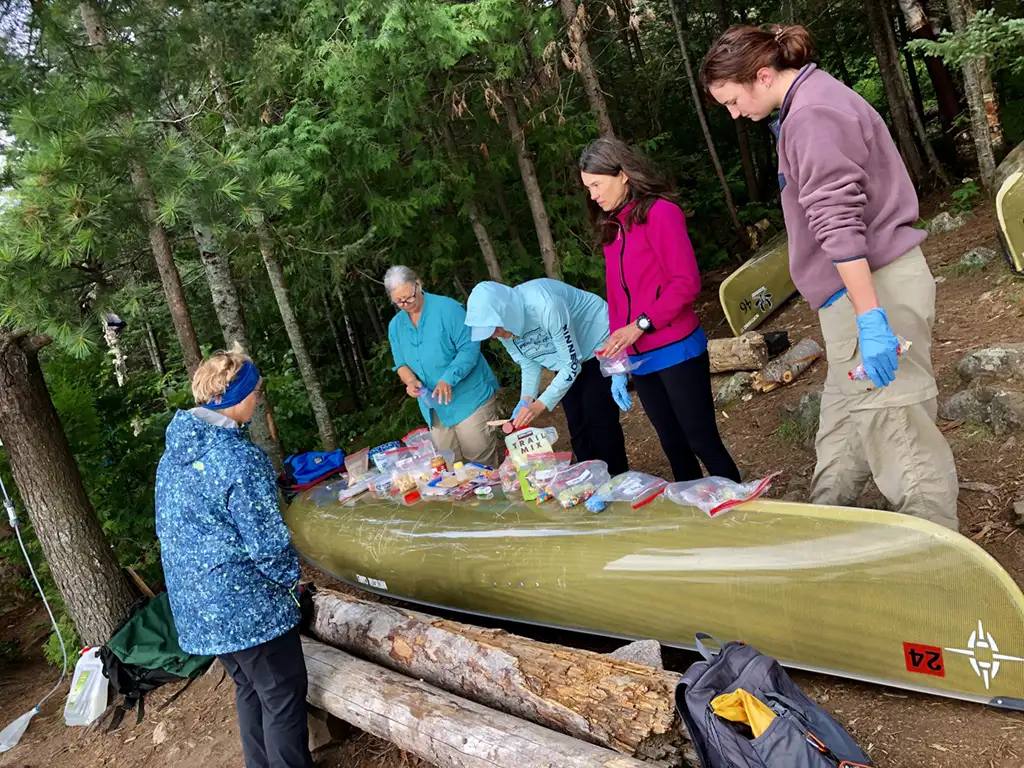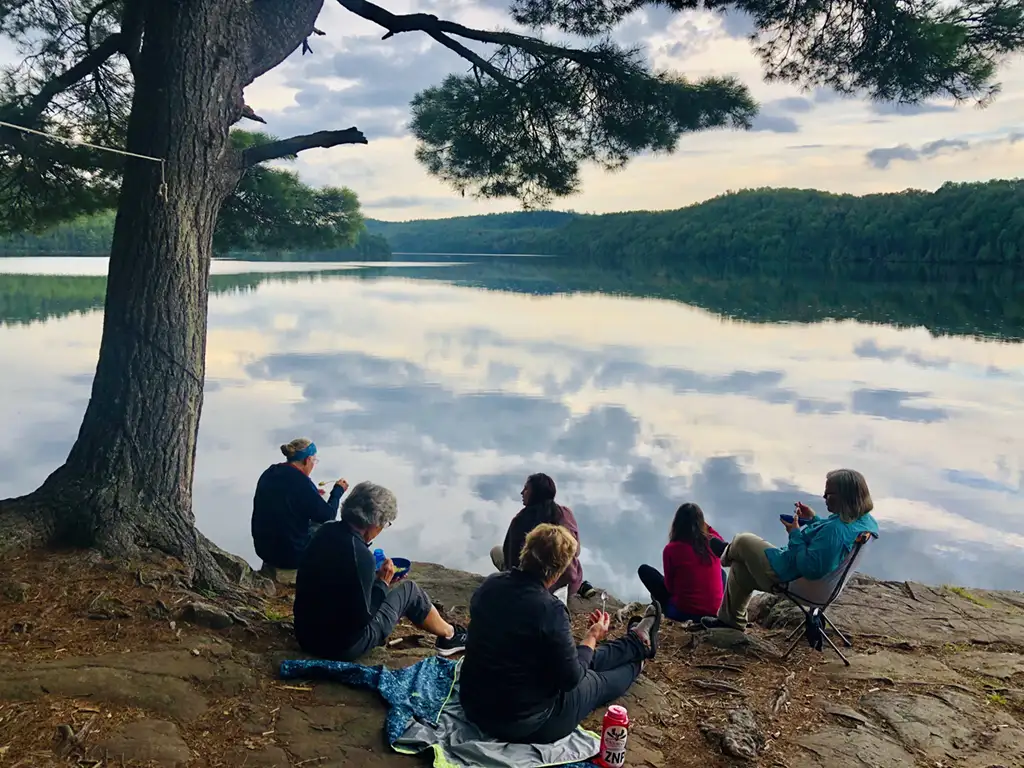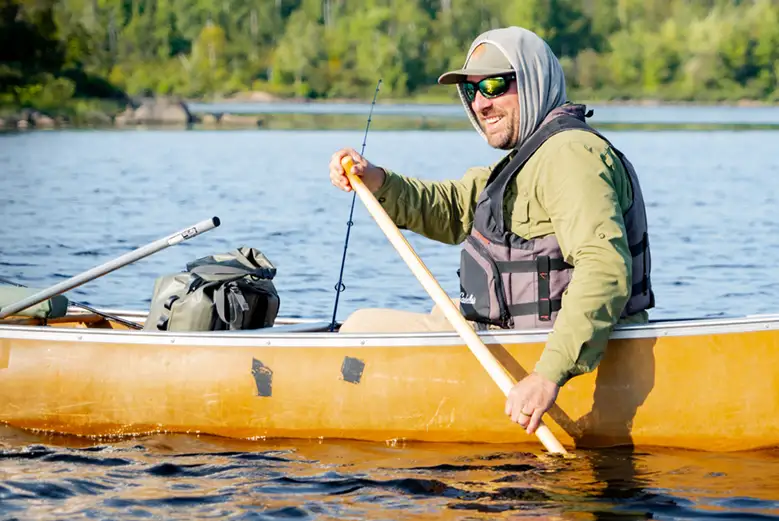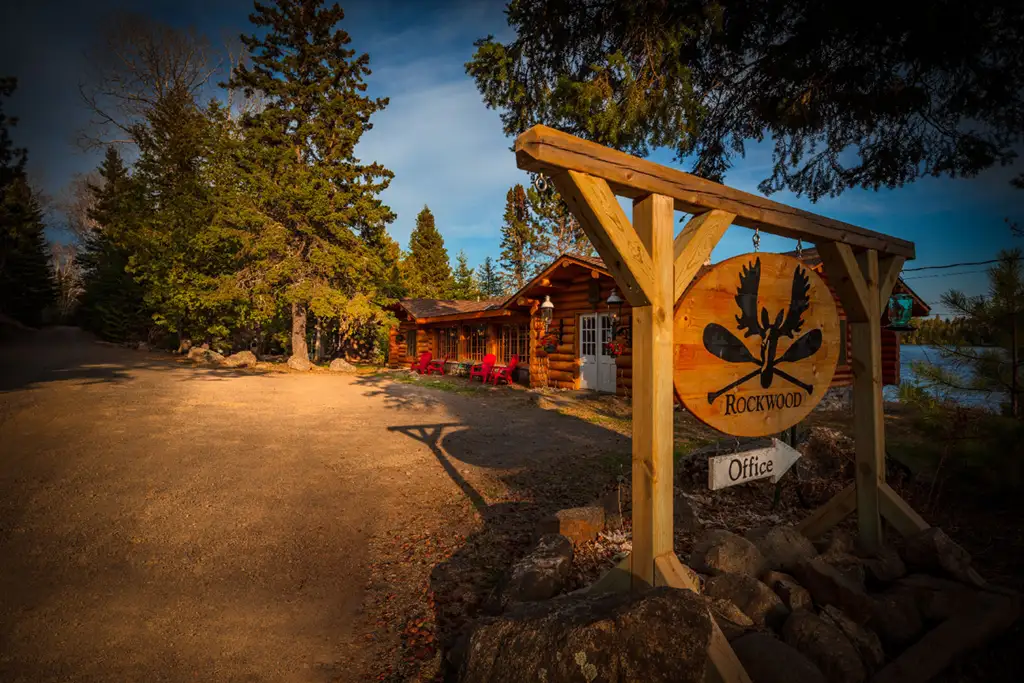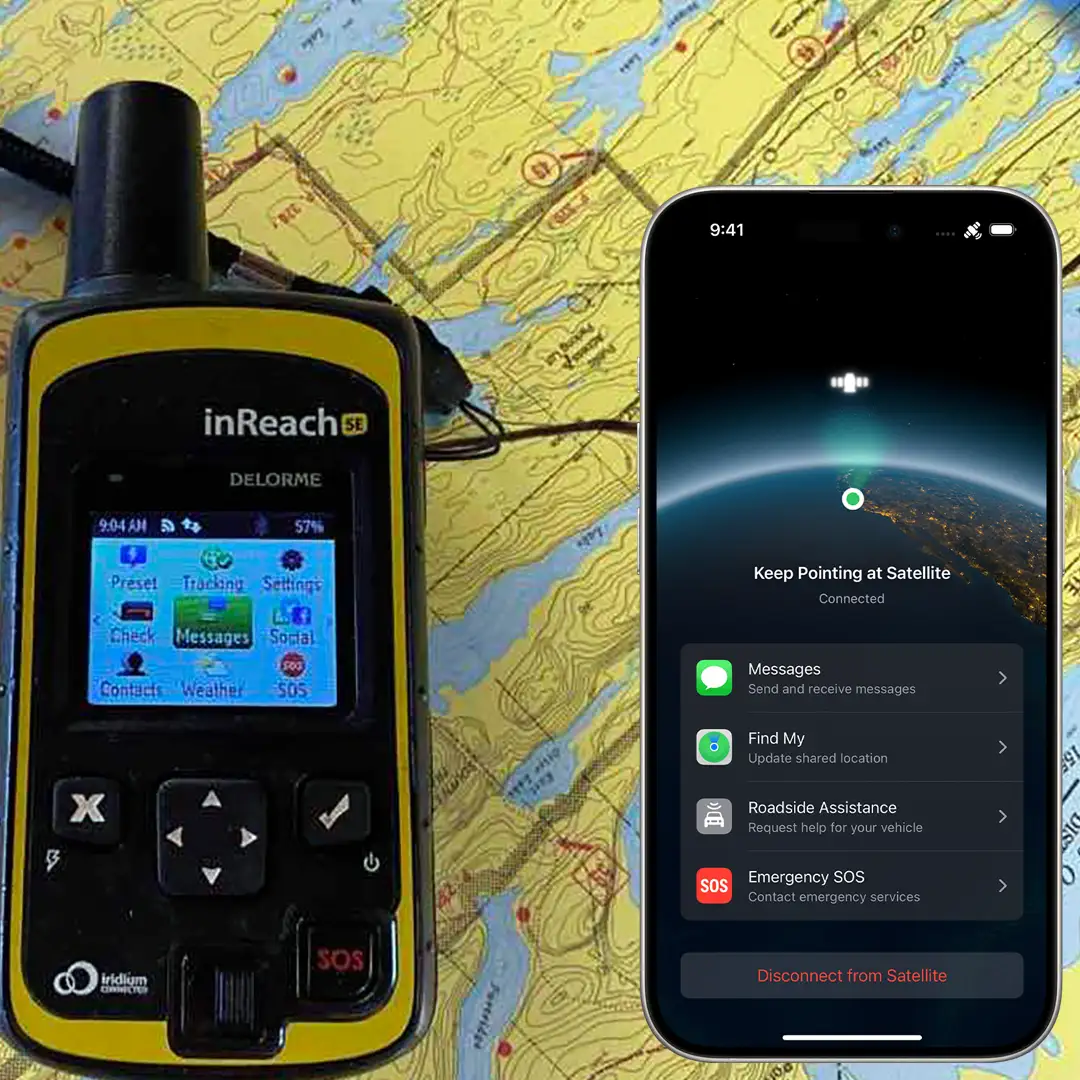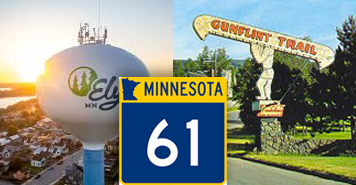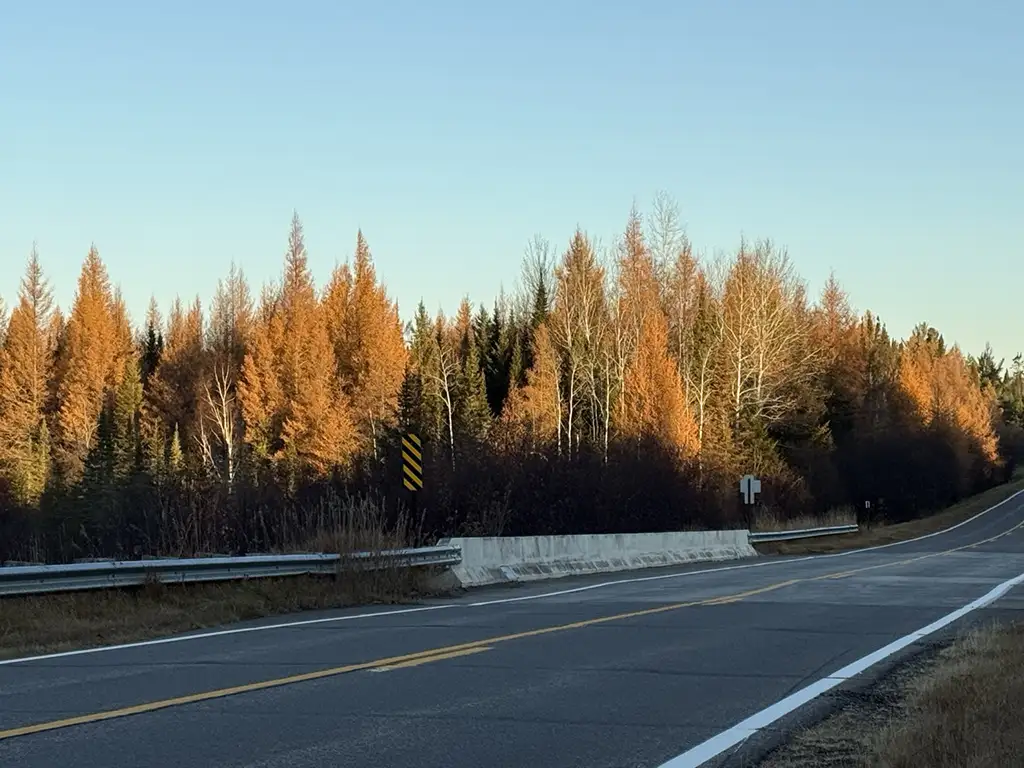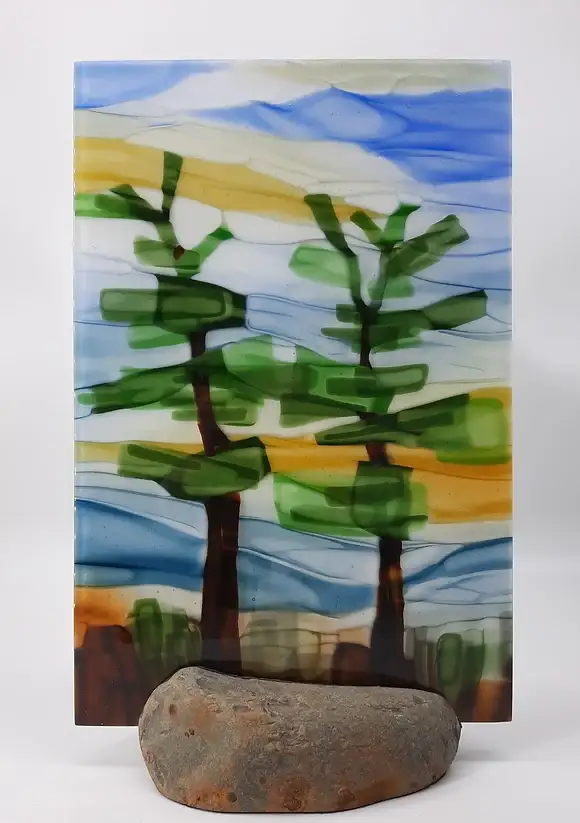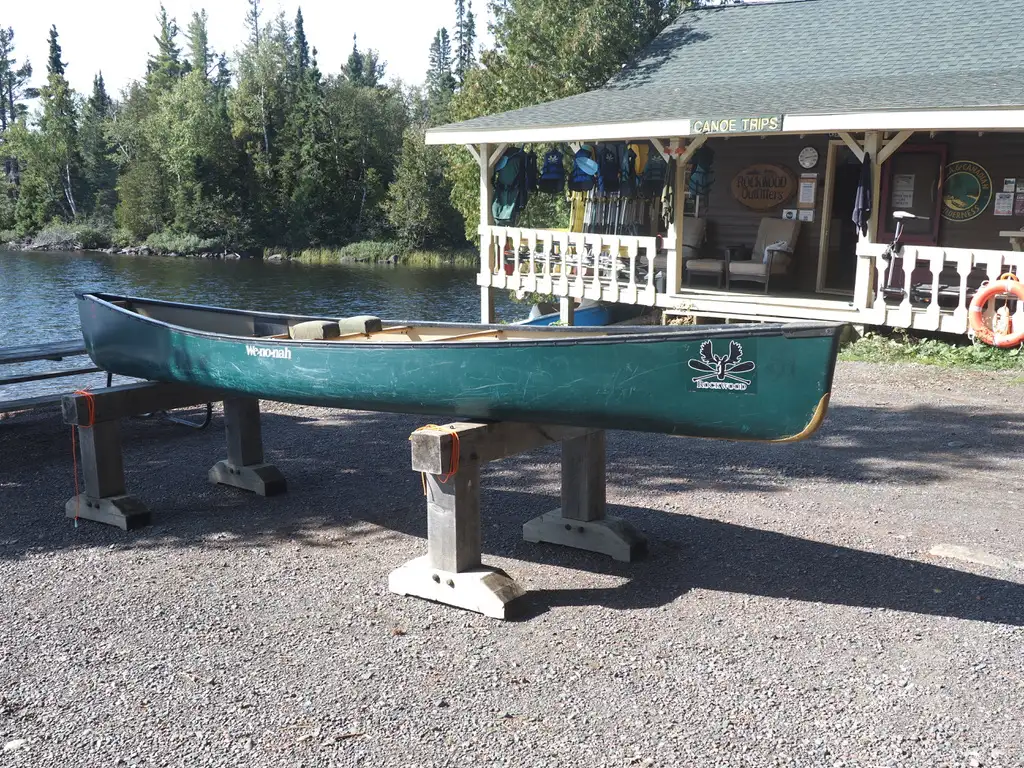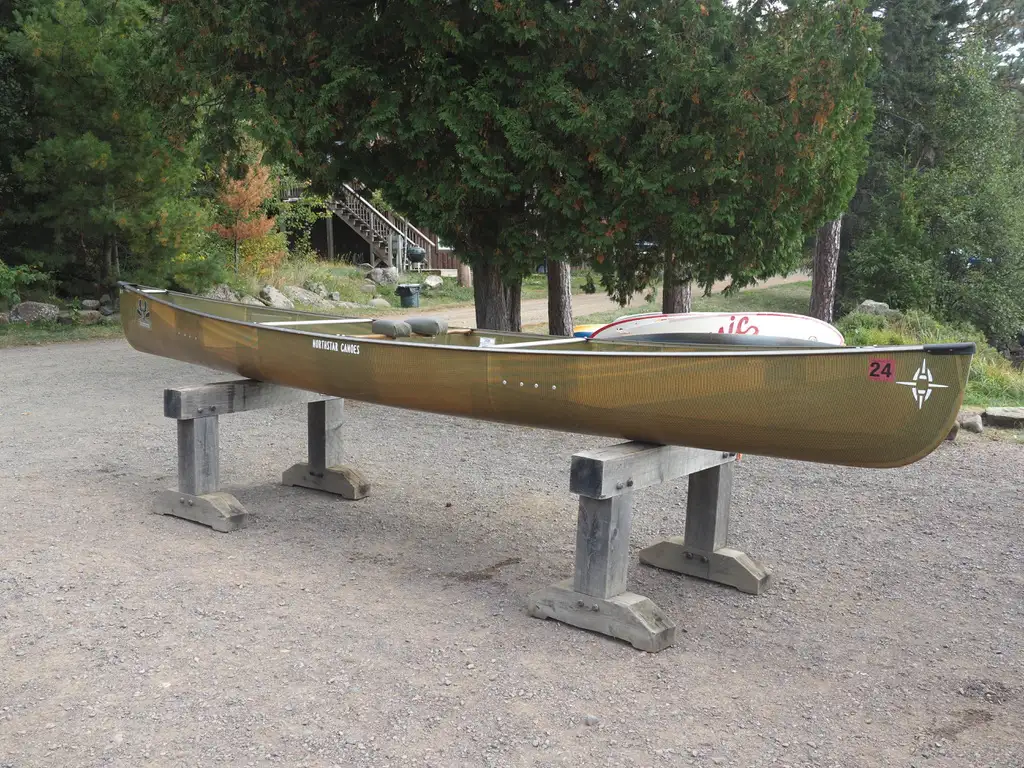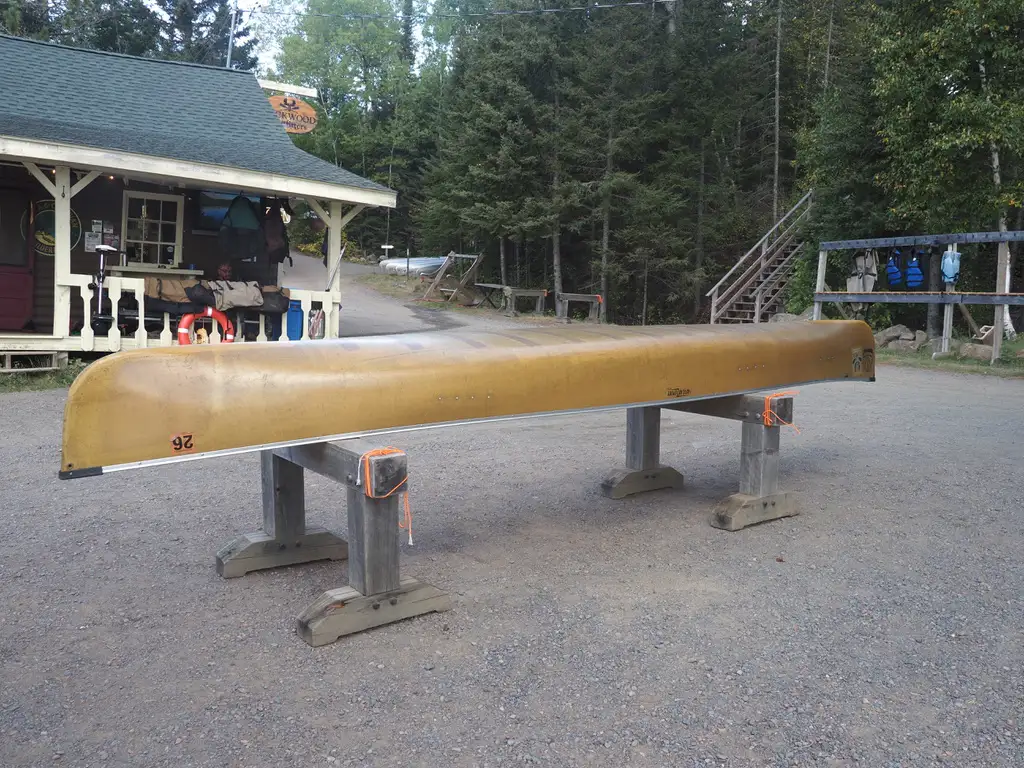Solar Cycles and Northern Lights in the Dark Sky Sanctuary of the BWCAW
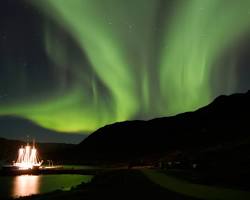
—
The Aurora Borealis is a truly awe-inspiring sight, and observing it can be a life-changing experience. While most often seen in Arctic regions, observing the Northern Lights in other parts of the world during periods of intense solar activity is possible. This summer, a friend of this writer who lives in the south of Spain saw the aurora from his front yard.

This summer, we’ve had many stunning displays of this north country experience as we enter the peak period of Solar Cycle 25, which is forecast to peak late next summer. That means the solar activity that creates these fantastic displays will be with us for almost a year.
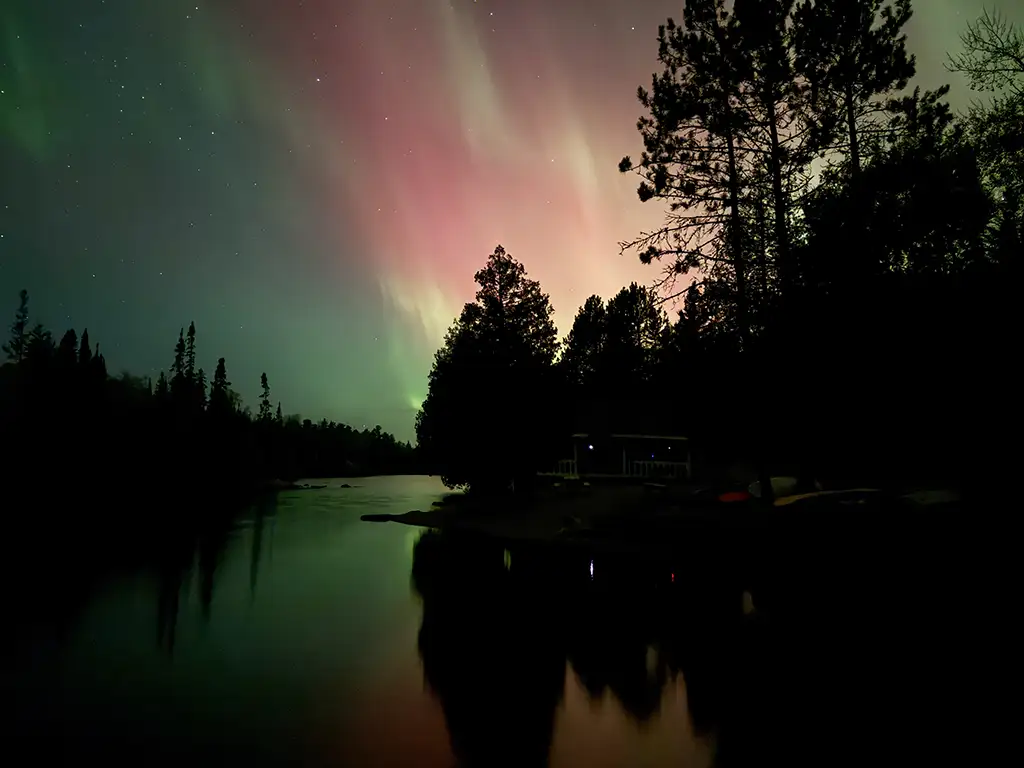
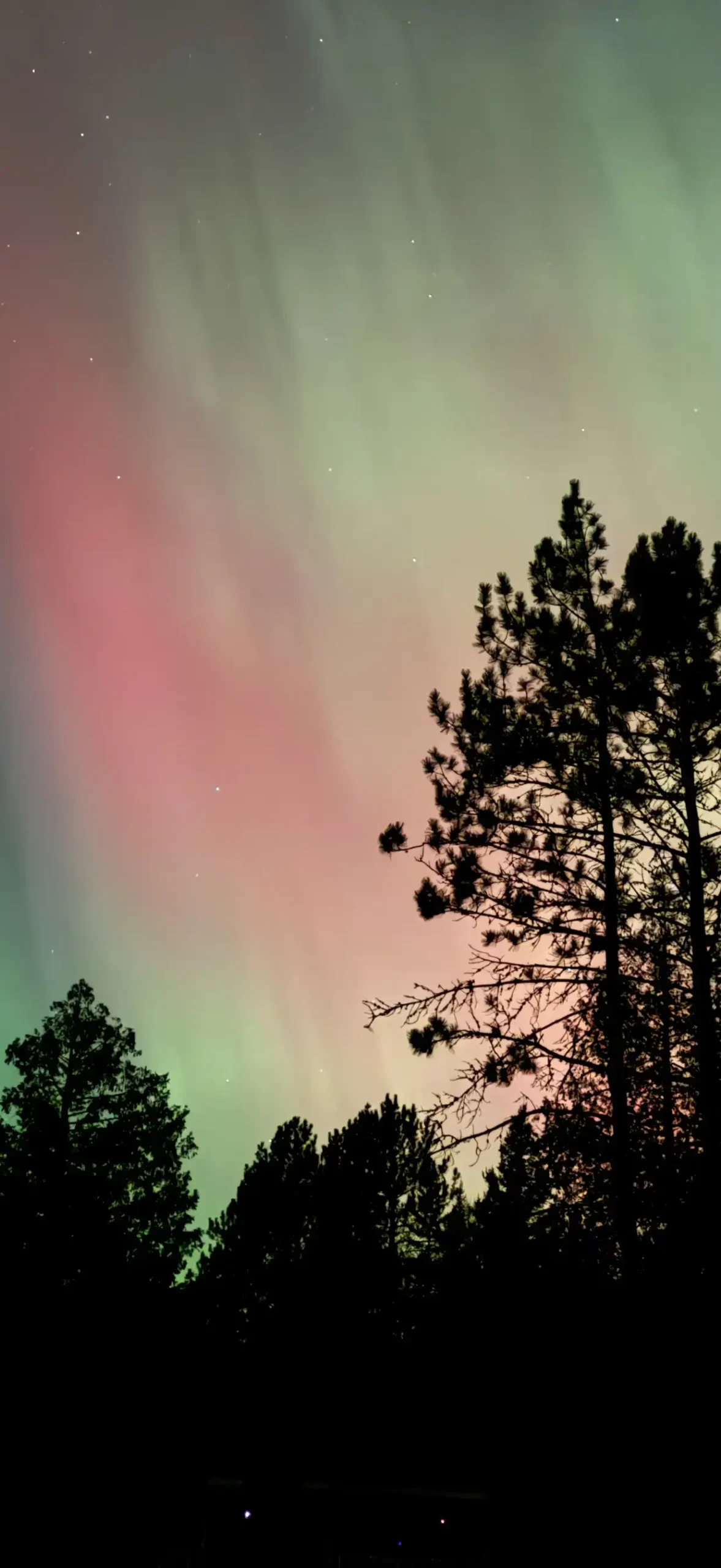
Roughly every 11 years, the Sun’s magnetic field completely flips–its north and south poles switch places. This 11-year solar cycle is significant because it influences the intensity and frequency of solar activity, which in turn affects the visibility of the Northern Lights on Earth.
The solar cycle affects activity on the sun’s surface, such as sunspots, solar flares, and coronal mass ejections caused by the Sun’s magnetic fields. As the magnetic fields change, so does the amount of activity on the Sun’s surface, ejecting particles in what is known as solar wind.
These particles travel millions of miles to reach our planet. When they collide with our atmosphere, they excite the gases present there, causing them to emit light. The specific color of the aurora depends on the type of gas being excited. For example, oxygen atoms typically produce green and red hues, while nitrogen molecules emit blue and purple light.
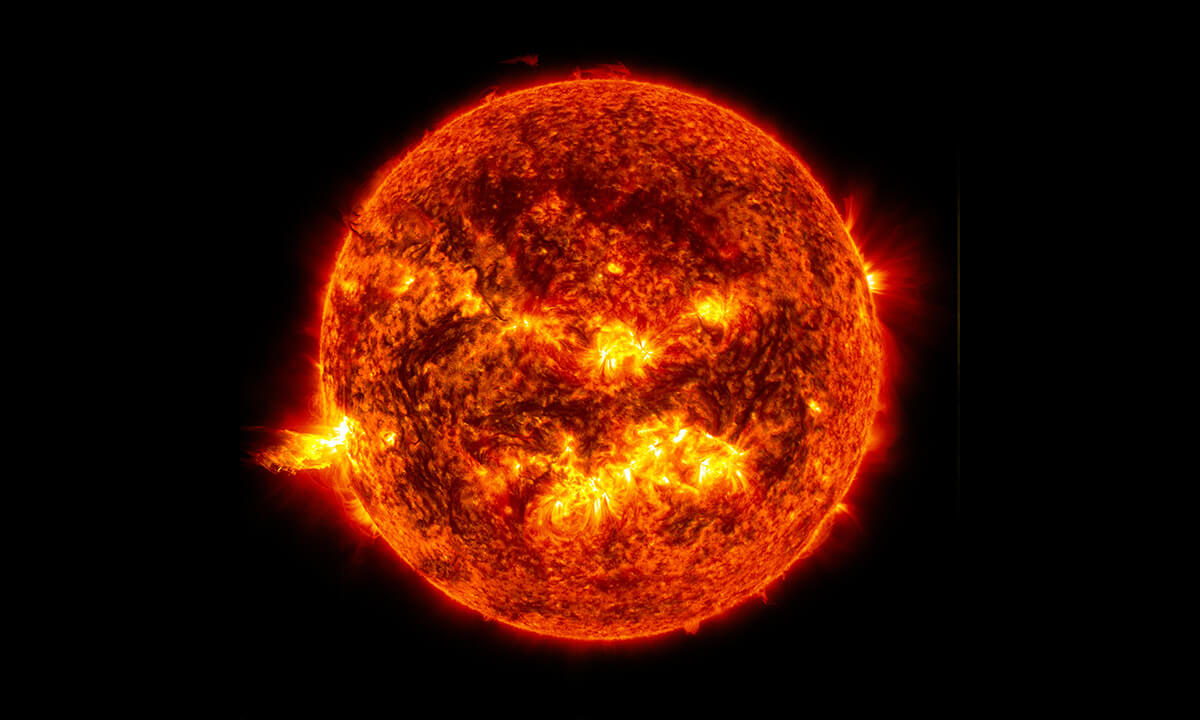
Like what you’ll find on the Gunflint Trail, clear skies and minimal light pollution are essential for observing the Aurora Borealis. This emphasizes the importance of planning and preparation for the best viewing experience. While auroras can be seen year-round, they are more frequent and intense during winter, when the nights are longer and darker.
It’s important to note that the appearance of the Aurora Borealis can vary greatly. The colors, shapes, and intensity can change rapidly, making each viewing experience unique.
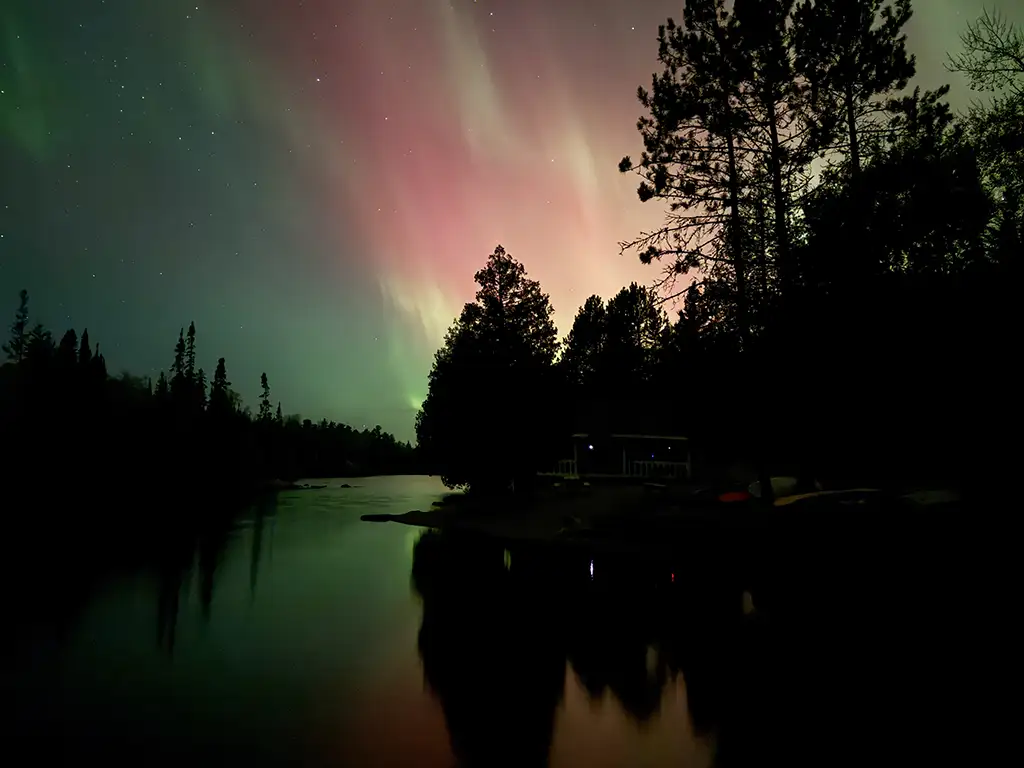
There are hundreds of places along the Gunflint Trail to see Northern Lights. The best places would be on the south side of one of our lakes or a clearing that offers a relatively open viewing area to the north.
The best Aurora forecasting comes from the Space Weather Prediction Center (SWPC), part of the National Oceanic and Atmospheric Administration (NOAA). The SWPC uses the Kp (Planetary K-index) to measure geomagnetic activity in aurora forecasting. It provides a scale from 0 to 9, with higher numbers indicating more intense geomagnetic storms. By monitoring the Kp index, you can better understand the likelihood and intensity of auroral activity in a given region.
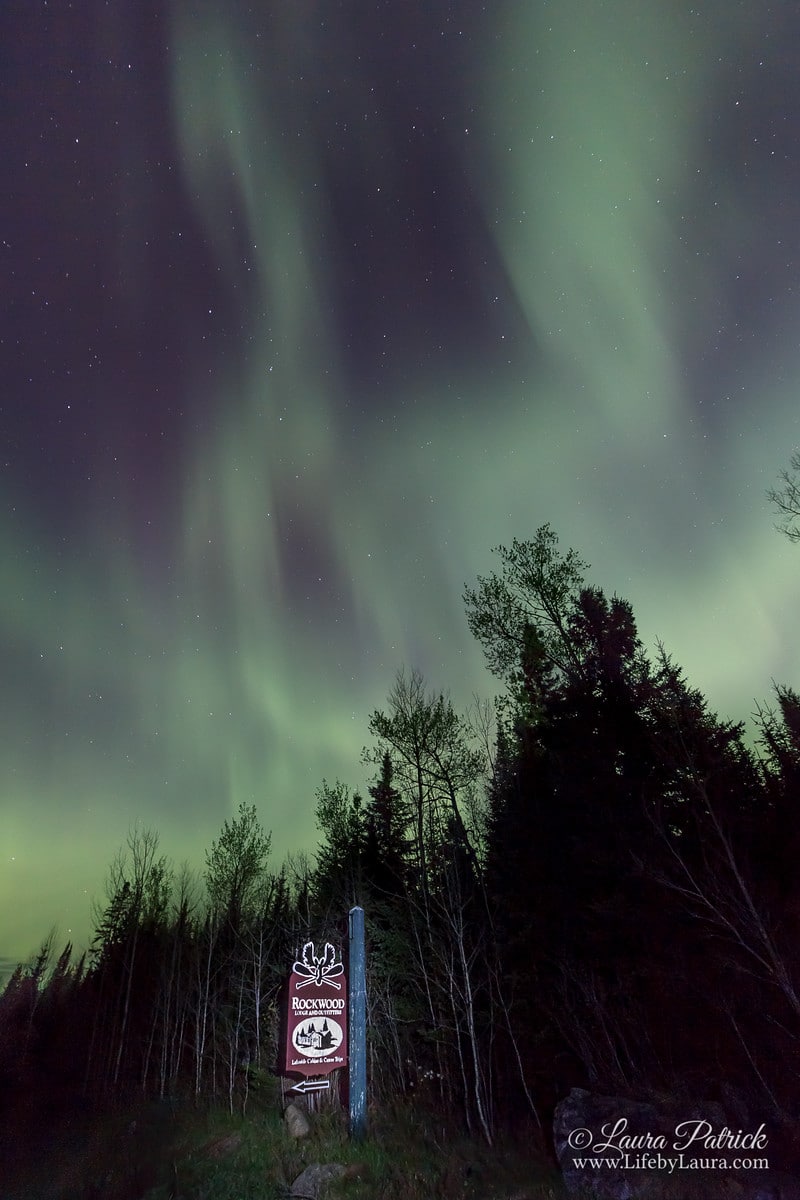
Kp 0-3: Quiet conditions, with little to no auroral activity expected.
Kp 4-5: Minor geomagnetic storm, with potential for auroras to be seen at high latitudes.
Kp 6-7: Moderate geomagnetic storm, with auroras visible at mid-latitudes.
Kp 8-9: Major geomagnetic storm, with auroras potentially visible at low latitudes.
Even with these tools, the appearance of the Aurora Borealis can be unpredictable. It’s always a good idea to check multiple sources, including your friends at Rockwood, for the most accurate forecasts.
Keep in mind that there isn’t someone who turns on the Northern Lights. Even with an optimistic forecast, you may not see any Aurora or a display that isn’t so impressive. But with forecasts in hand and a bit of planning, you’ll see some awe-inspiring natural phenomena that may change how you see our world forever.
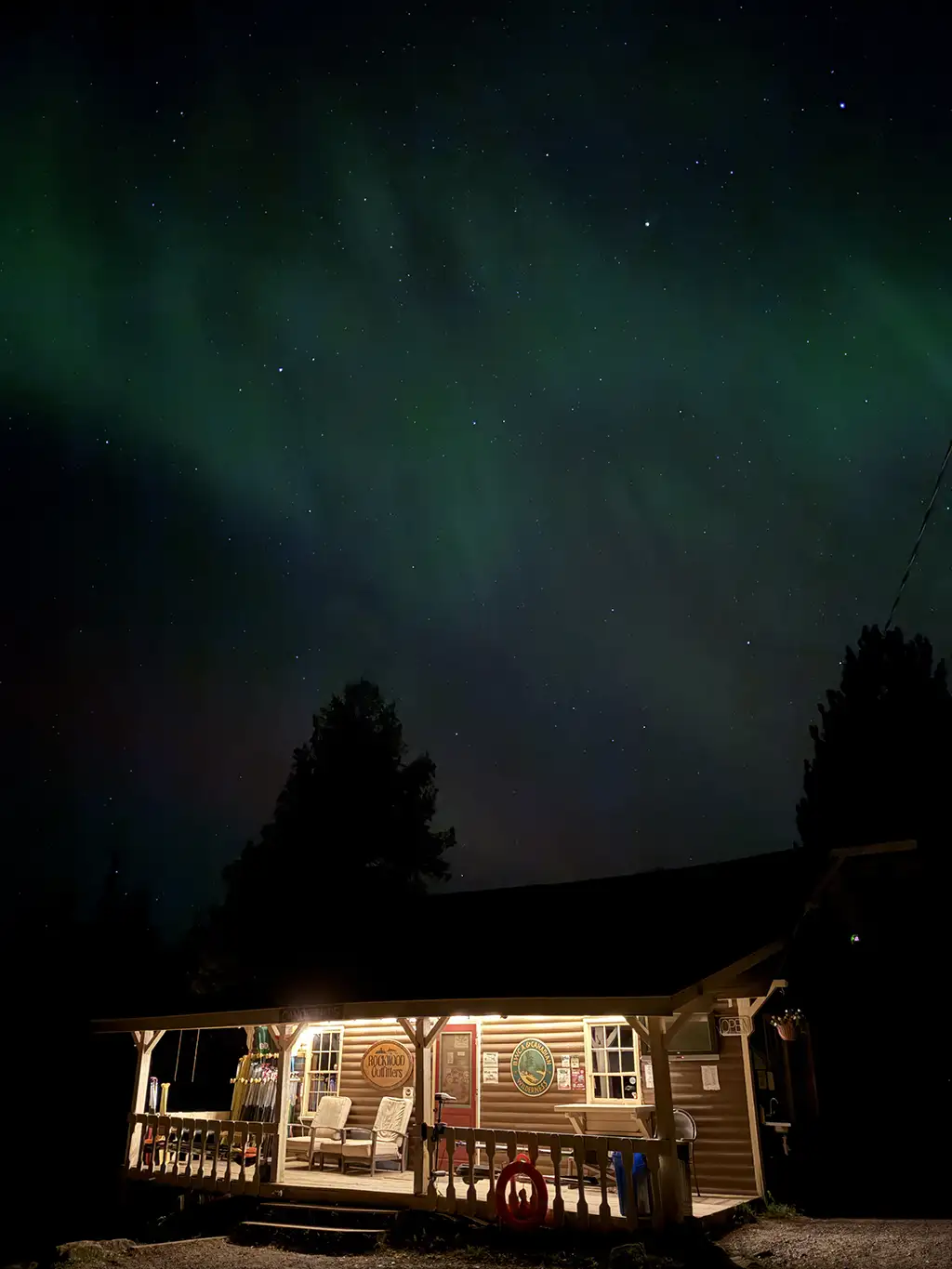
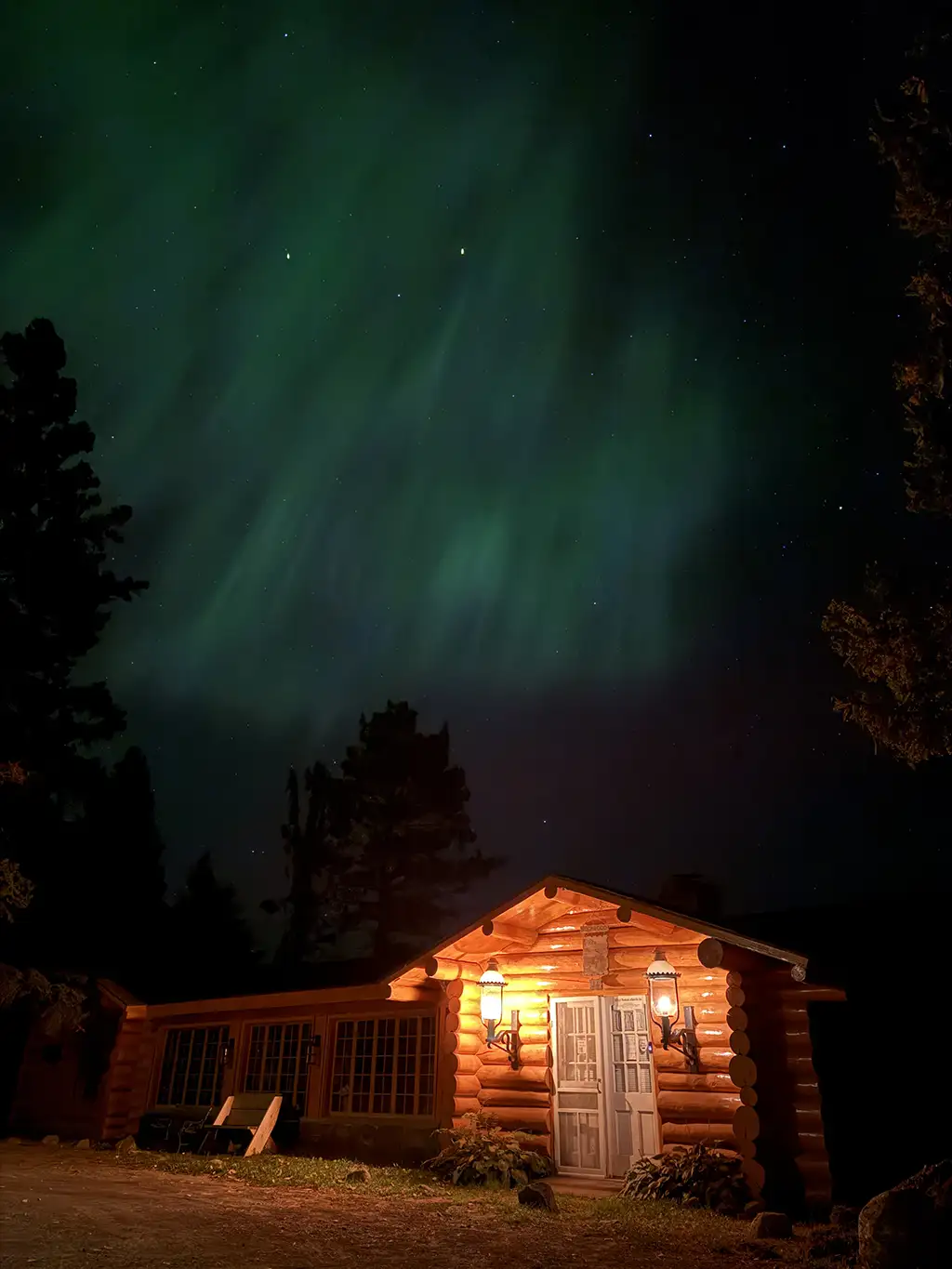
SWPC says the best aurora viewing is usually between 10 PM and 2 AM local time. Aurora may be in the evening and morning, but it is usually not as active or visually appealing. The best seasons for aurora watching are around the spring and fall equinoxes. Due to subtleties in how the solar wind interacts with Earth’s magnetosphere, there is a tendency towards more significant geomagnetic storms, and thus better auroras, to occur near the equinoxes.
The 11-year solar cycle will be peaking next summer, meaning solar activity will be highest in the coming months, making aurora more likely.
Scientific research on the Northern Lights is ongoing. The more we find out, the more accurate the forecasts will be.
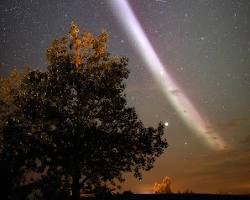
STEVE, which stands for Strong Thermal Emission Velocity Enhancement,
is a relatively new and fascinating atmospheric phenomenon that has captured the attention of scientists and aurora enthusiasts alike. STEVE typically appears as a purplish-red ribbon of light in the night sky, often accompanied by a green “picket fence” pattern.
Unlike the aurora borealis, caused by charged particles from the sun interacting with Earth’s atmosphere, STEVE is believed to be generated by a narrow channel of hot plasma flowing along magnetic field lines.
STEVE is often observed in conjunction with auroras but can appear at lower latitudes than traditional auroras. STEVE was first identified and named by citizen scientists in 2016.
While scientists are still learning more about STEVE, its discovery has expanded our understanding of the complex and dynamic processes that occur in Earth’s atmosphere.
The night skies here on the Gunflint Trail and the BWCAW are breathtaking. First-time visitors will amazed to see the Milky Way like they’ve never seen it before. STEVE and Aurora Borealis will be the icing on the cake. Make plans to visit us at Rockwood and get into the BWCAW around the Spring and Fall equinoxes to see the best of our night skies.

